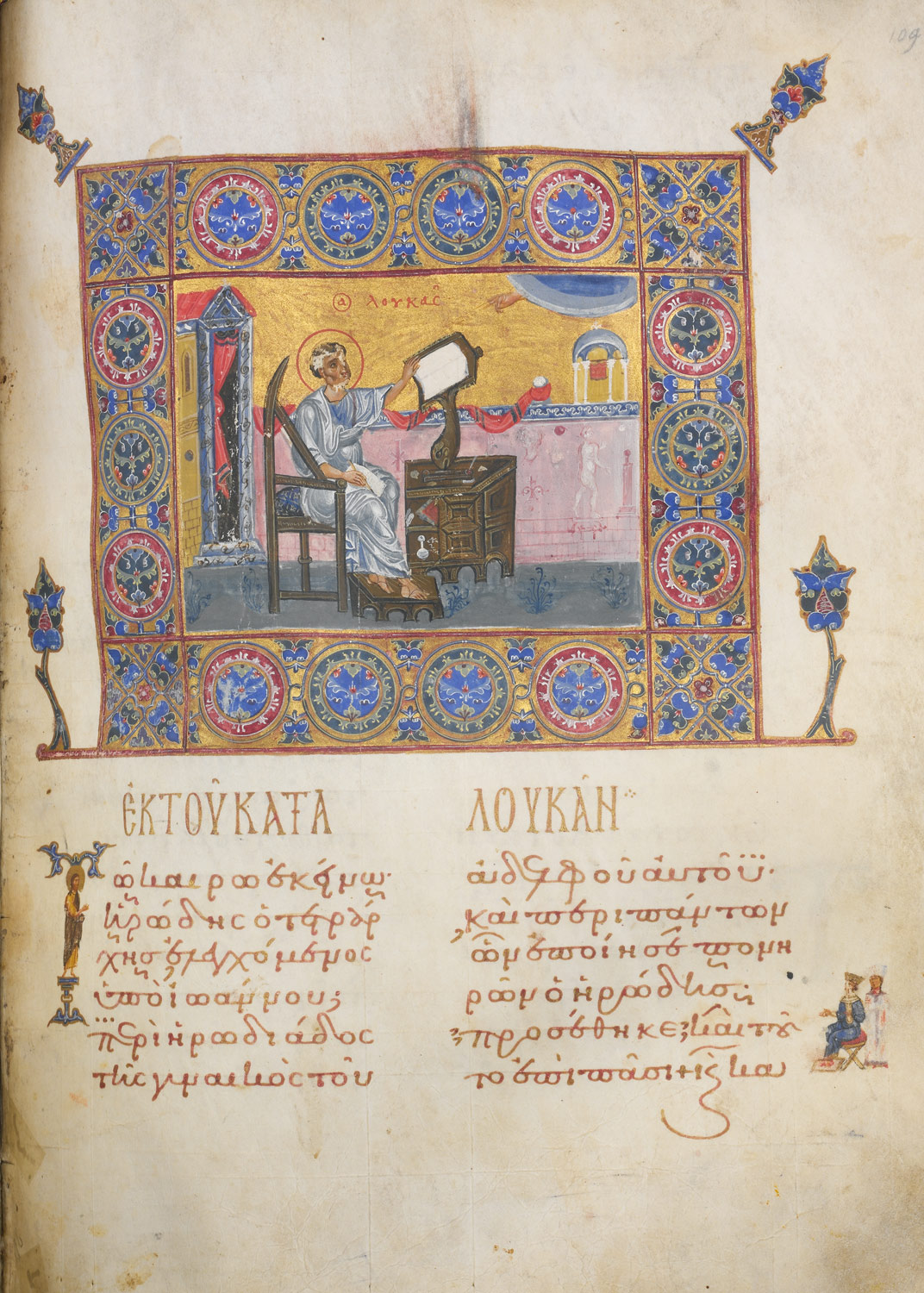

Antiquity and the Middle Ages, New York 1984 Henri-Jean Martine, Jean Vezin, Paris 1990 Mise en page et mise en texte du livre manuscrit, ed. Original manuscript folios will be studied in class. Participants of the course are invited to create and discuss their own design of a folio in order to understand the intricacies of medieval layout design.

Thus the design is directly relevant to the transmission of ideas and to medieval teaching and learning practices.
#Folio medieval manuscripts how to
The layout reflects the physical and intellectual production and use of the manuscripts and the assumptions as to how to best transmit a specific body of knowledge.

We look at the production of the layout (ruling, using a hierarchy of scripts, planning the text-image spatial relationship, planting bookmarks, etc.) and the consecutive engagement with the content (the annotator-reader's textual and visual glosses, intellectual and physical additions and cut-outs). Each folio was ruled using either a hard point instrument, lead, or ink to mark the number and dimensions of the lines of text and the spaces for decoration. The course explores, covering the period from the 6th to the 15th centuries, what a close look at folio layouts of manuscripts can reveal about medieval writing and reading practices and the cognitive processes behind the design. This inventory does not include all facsimiles in the rare books collection or in the main stacks of the library. Most of the items in this collection are not cataloged in InfoHawk. The front and back of a folio are referred to as the RECTO and VERSO. This description contains most Medieval Manuscripts held in the Special Collections Department of the University of Iowa Libraries. Dr Anna Somfai (Central European University) A sheet of writing material, from the Latin for a leaf, one half of a BIFOLIUM.


 0 kommentar(er)
0 kommentar(er)
